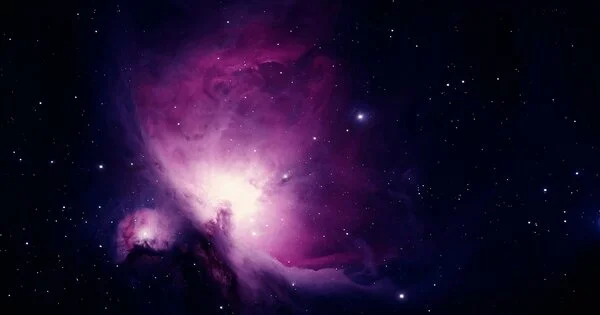The study of astrophysical plasmas is critical in the quest to understand some of the Universe’s most powerful and mysterious objects and events, such as stellar coronae and winds, cataclysmic variables, X-ray binaries containing neutron stars and black holes, supernova remnants, and outflows in active galactic nuclei. The success of such research will lead to future astrophysical X-ray observatories that will allow scientists to access techniques that are currently unavailable in X-ray astronomy. Successful knowledge of transition energies is essential for accurate interpretation of high-resolution X-ray spectra.
J.Stierhof of the Dr. Karl Remeis-Observatory and Erlangen Centre for Astroparticle Physics at Friedrich-Alexander-Universit Erlangen-Nürnberg, Bamberg, Germany, and coauthors use a newly introduced experimental setup at the BESSY II synchrotron facility to provide precise calibration references in the soft X-ray regime of neon, carbon dioxide, and sulfur hexafluoride gasses.

Many scientific fields that use X-rays or any wavelength of light gain insights by comparing measurements of emission or absorption line wavelengths with known values of transitions in various elements. The velocity of the emitter or absorber might create a shift in the seen wavelength relative to the known one, “Stierhof explains. “Our work presents a method for measuring gas transition energies concurrently with known transitions in highly charged ions with only two residual electrons that are precisely known from theoretical predictions.”
Monochromatic X-rays from a synchrotron beamline pass through an electron beam ion trap (EBIT), where they interact with the low-density plasma created and trapped inside the EBIT, before entering a gas photoionization cell holding the atoms or molecules under study. The absolute calibration of the monochromator energy scale in the experiment is based on the fluorescence emission from the ions in the EBIT.
The authors found results for the energy transition in the k-shell of carbon dioxide that match well with prior findings in their study. The results of the sulfur hexafluoride transitions revealed that prior tests had a shift of roughly 0.5 eV, which is more than twice the declared uncertainty.
“Our proposed setup provides an absolute calibration for the X-ray beam, but we found that the total uncertainty is dominated by relative changes of the beam, Providing an additional setup to measure these relative changes will bring us closer to the resolution limit of 10 meV.”
Stierhof concluded
The research believes that statistical uncertainty allows calibrations in the required range of 1 to 10 meV in principle, with systematic contributions now limiting the error to roughly 40 to 100 meV.
“Our suggested arrangement enables absolute calibration for the X-ray beam, but we discovered that total uncertainty is dominated by relative beam variations,” Stierhof stated. “Measuring these relative changes with an additional setup will bring us closer to the resolution limit of 10 meV.”
Stierhof, J., Kühn, S., Winter, M., et al., A new benchmark of soft X-ray transition energies of Ne, CO2, and SF6: paving a pathway towards ppm accuracy. 2022, 76, 38https://doi.org/10.1140/epjd/s10053-022-00355-0





